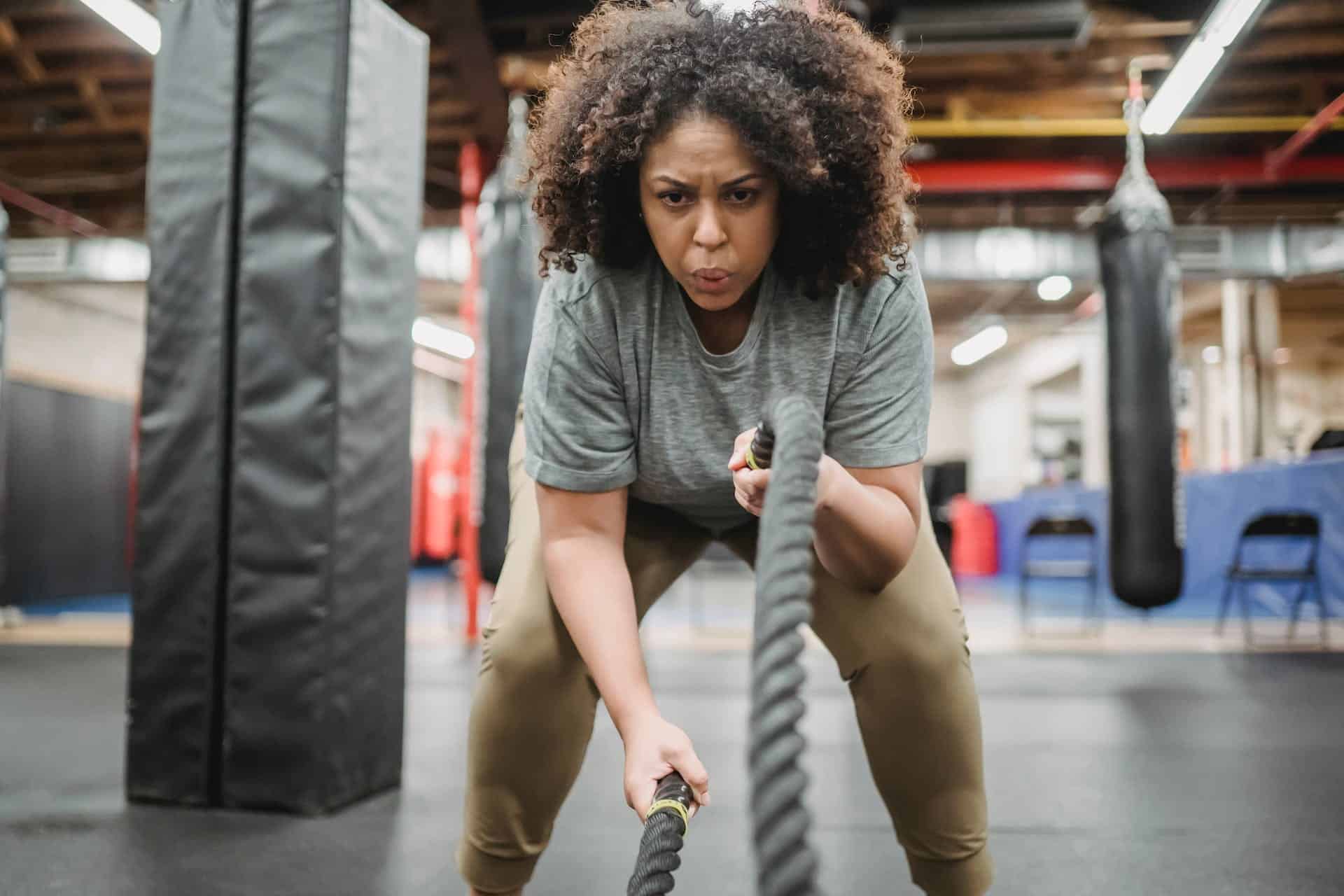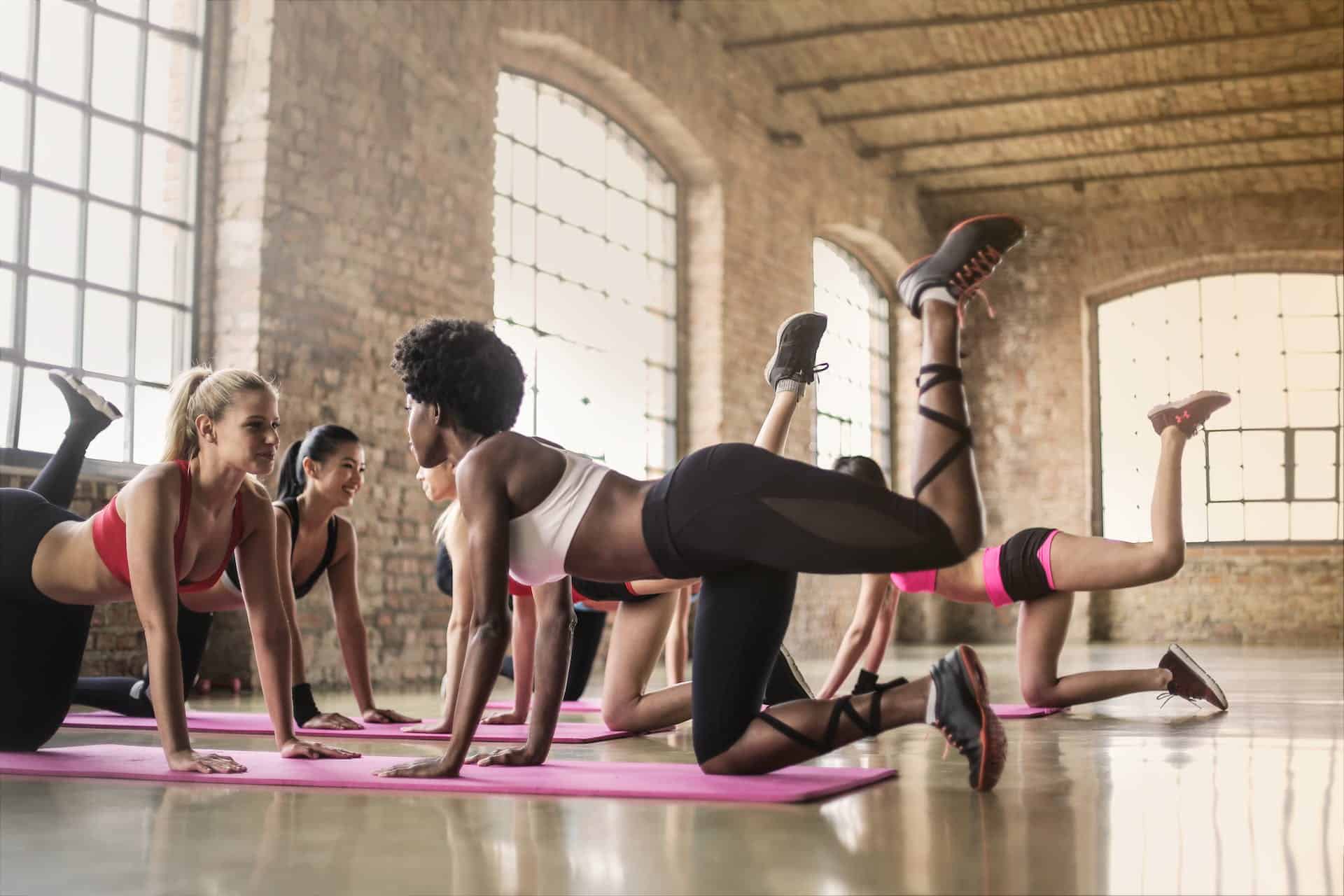Hitting the gym is a fantastic way to maintain a healthy lifestyle and reach your fitness goals. Your life improves as you train your body to be disciplined and in shape.
However, one common question arises among gym-goers – “how much time should you spend at the gym?”. While it may not seem so, the duration of your gym sessions can significantly impact your progress and overall well-being.
So, knowing how long you should be at the gym is important. That’s where we step in. We’ve got a small guide that will help you figure out the time to spend in the gym.
Let’s dive into the factors influencing gym duration and the general guidelines to help you optimize your workouts effectively.
Table of Contents
ToggleFactors Influencing Gym Duration

There are several factors that play crucial roles in determining what your average time spent at the gym should be. Here are a few we’ve selected for you:
Fitness Goals
Before we get started, it’s vital to remember that your aspirations and desired outcomes will help shape the duration and intensity of your gym sessions.
So, whether you’re going to the gym in hopes of shedding a few extra pounds, building muscle mass, enhancing endurance, or simply wishing to maintain overall fitness, the key is to structure your workouts around all these objectives.
Once you’ve figured out what you want to work on, you can come up with a more realistic plan for how much time you’ll spend at the gym.
Individual Fitness Level
Nobody knows your body better than you. And so, understanding your body’s capabilities and limitations is another crucial factor in deciding how much time you should spend at the gym.
For beginners, it’s smart to start with shorter 30-minute sessions to prevent burnout and help build their endurance gradually as they progress each day.
For intermediate and advanced levels, you can extend your workout durations to an hour or two and include more challenging and diverse routines.
Time Constraints
In this day and age, time is slipping by faster than you can imagine. So, it makes sense for people not to have lengthy gym sessions as there’s not enough time.
You have very little time to allocate to workouts between your work, family obligations, and personal time. Hence, optimizing your time within your daily routine is imperative.
It’s easier said than done, but once you get into the rhythm of it, it’ll work out just perfectly.
Workout Intensity
Workouts can get intense. If you’re into getting things intense, you should know that it can significantly impact the time you spend at the gym.
Contrary to popular belief, high-intensity workouts don’t last very long. They are shorter in duration, but they are equally taxing on the body as well.
On the other hand, moderate-level workout sessions tend to last much longer than high-intensity ones, even though they produce the same results.
General Guidelines for Gym Duration

Here are some general guidelines for how much time you should spend at the gym:
The American College of Sports Medicine (ACSM)
The American College of Sports Medicine (ACSM) recommends that gymgoers take at least 150 minutes of moderate-intensity aerobic exercise per week to maintain optimal health.
Beginner’s Guide
Beginners are advised to start with 30-45 minutes per session, three to four times a week, gradually increasing both duration and frequency as time passes.
Intermediate and Advanced Levels
The intermediate and advanced levels can easily extend sessions up to an hour or more, including a mix of strength, cardio, and flexibility exercises.
Importance of Rest Days
We cannot stress the importance of rest days. Many who go to the gym don’t believe in resting, and that’s where the problem lies.
That’s why they shouldn’t be treated as an option but, instead, a necessity. After a heavy workout session, your muscles will need time to repair and grow stronger.
Remember to incorporate at least 1-2 days of rest in your weekly routines. This small resting point can help prevent overtraining, reduce your risk of injury, and ensure consistent progress.
Cardiovascular Exercise Duration

There are several ways you can do your cardiovascular exercises. For instance, jogging, pilates, aerobics, cycling, etc. But how long should you do these exercises for? Here’s what we recommend:
Aerobic Exercise Guidelines
Aerobic exercise guidelines recommend engaging in moderate-intensity cardio for at least 30 minutes five times a week or vigorous-intensity cardio for 20 minutes three times a week.
High-Intensity Interval Training (HIIT) considerations
For those into High-Intensity Interval Training (HIIT), we recommend sessions ranging from 20-30 minutes due to their intense bursts of effort and brief recovery periods.
Remember, taking rests between your sessions is important, so don’t push yourself too hard!
Strength Training Duration
Strength training is the foundation of many fitness routines, mainly enhancing muscular strength, endurance, and overall body composition. Here’s what you need to know:
Basics of Strength Training
This training involves exercises targeting specific muscle groups to build up your strength, increase muscle mass, and improve overall functional fitness.
Sets and Repetitions
Perform multiple sets, usually 2-5, of a specific exercise with a predetermined number of repetitions. This can typically include 8-12 reps for muscle hypertrophy and strength, while higher reps are for endurance.
Rest Intervals Between Sets
Always allow yourself proper rest periods between sets, between 30 seconds and 2 minutes, to allow your muscles to recover partially before moving on to the next set.
Total Workout Time for Strength Training
Remember to aim for 2-4 sessions per week, giving yourself sufficient recovery time between sessions to allow muscles to repair and grow stronger.
Flexibility and Mobility Work

Stretching and mobility exercises can play a vital role in preventing injuries and improving your overall flexibility. Here’s what you can do to include more of it in your gym sessions:
Incorporating Stretching into Your Routine
We cannot stress the importance of stretching enough. It’s so crucial whenever you’re exercising. Try to include both static and dynamic stretching in your routine.
Static stretching involves holding a position for a set duration of 15-30 seconds. Meanwhile, dynamic stretching involves controlled movements through a range of motion.
Recommended Duration for Flexibility Exercises
Giving yourself 10-15 minutes of post-workout or dedicating separate sessions for stretching can help enhance your muscle elasticity and joint range of motion. Thus, you can have a better overall performance and prevent injuries.
Benefits of Mobility Work
Mobility work is extremely beneficial and can positively impact your health and fitness. Let’s take a look at some of the benefits of mobility work:
- Improved Joint Range of Motion: Mobility exercises can amplify the flexibility of your joints and their movement. This allows for a broader range of motion in various other activities.
- Enhanced Performance: Better joint mobility can help you improve athletic performance by making it smoother and more efficient for moving during workouts, sports, and other physical activities.
- Injury Prevention Increased: Mobility exercises also help to reduce the risk of injuries by improving body mechanics, reducing muscular imbalances, and ensuring better movement patterns. This helps to lower the likelihood of strains and sprains.
- Reduced Muscle Stiffness: Regular mobility work prevents stiff muscles, which commonly comes from having a desk-bound lifestyle. For instance, sitting for prolonged hours or having intense workouts. Mobility exercises can help with muscle relaxation and flexibility.
- Improved Posture: Mobility exercises can also prevent you from having poor posture. By addressing your muscular imbalances, mobility work can help promote proper alignment and reduce strain on the spine and other body structures.
Signs of Overtraining
Some of us like to work harder than most, and this can result in fatigue and exhaustion coming on quickly. Always remember not to overtrain yourself. Here are a few signs you should look out for:
Recognizing Signs of Overtraining
Being able to recognize signs of overtraining is essential for maintaining a balanced workout routine. Constant fatigue, decreased performance, irritability, disturbed sleep, and prolonged muscle soreness are common signs of overtraining.
You can prevent this by adjusting the intensity and duration of your workouts. You’ll save yourself the trouble of going through a terrible burnout without missing out on your progress.
Importance of Recovery
The recovery phase is just as important as the workout, if not more. The key is prioritizing having a proper sleeping routine, consuming a well-balanced diet, and staying hydrated.
You can also include active recovery techniques such as foam rolling, yoga, or light walks to aid you. This is beneficial in repairing muscles, reducing soreness, and optimizing performance in subsequent workouts.
So, don’t underestimate the importance of a good recovery period!
Adjusting Workout Duration Based on Fatigue
Your body always signals you for something; paying attention to it is key. On days when you’re feeling intense fatigue, consider modifying your workout duration or going for lighter exercises on that day. You’ll save yourself the burden of going through exhaustion and strain. You must understand that listening to your body is the basis of any successful fitness regimen.
Conclusion
We’d like to say that determining the ideal duration for gym sessions can depend on many factors, like fitness goals, individual capacity, and workout intensity.
We recommend following the guidelines we’ve provided when figuring out how much time you should spend at the gym. Pay attention to what your body tells you, include rest days, and don’t overtrain yourself!
Always remember that bringing consistency and balance into your routine will ultimately lead to you having a better fitness outcome.




